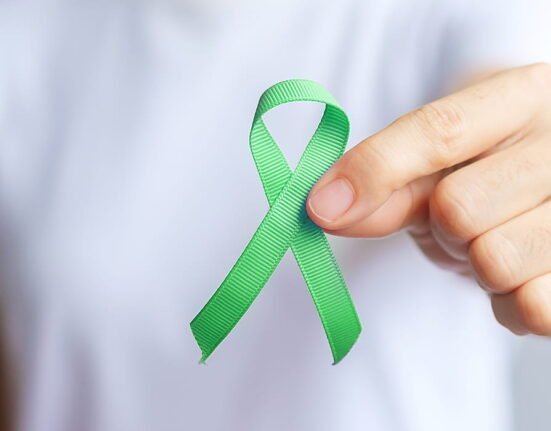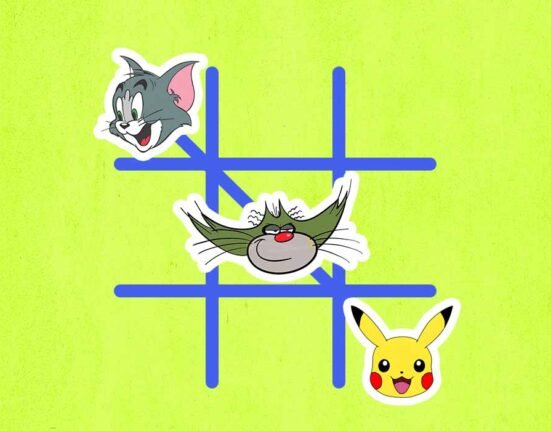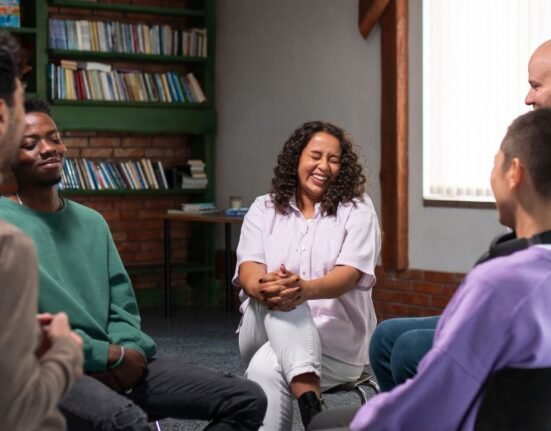Most people face social rejection at various points in their lives. A friend may ignore a message. A colleague may leave someone out of a plan. A group may not respond to the way a person expects. These moments often bring pain, confusion, or fear. Many individuals start to doubt their worth. Some feel that the world has turned against them. Have you ever been ignored by a friend? A colleague or a relative. Has your message ever been ignored by someone close to you?
Have you ever been left out of a lunch plan with a group of your friends? The answer for most people is yes. You might have felt bad, confused, or hurt in these scenarios. These feelings are common, and this social rejection might lead individuals to doubt their worth. Studies show that the human brain can react to these feelings in ways that feel almost physical (Eisenberger, 2015).
Cognitive behavioural techniques provide us with tools that allow people to respond to these feelings in different ways. They can see things in a new way, rather than creating feelings of being hurt. This article explains how cognitive behavioural strategies can calm human emotions, relax the nerves, and reduce anxiety by responding to social rejection in a relaxed manner.
Read More: Rejection Does Not Mean the End of Life
Understanding Social Rejection
Social rejection is the feeling of being rejected or excluded, be it at a small gathering or a grand event. In either case, people may feel hurt, demotivated, and sometimes anxious. It influences a person and may harm their feelings. Individuals may question their self-worth and think that they are not worthy or good enough to be included in everything. It may reduce their confidence and increase their stress levels. Cognitive behavioural techniques help deal with these feelings. It provides strategic ways to tackle these emotions and boost confidence rather than being hurt and demotivated (Beck, 2011).
How Thoughts Shape Emotional Pain
Thoughts have a close connection with how people respond to social rejection, which may directly affect the level of emotional pain people feel. The pain that people often feel is linked to the meaning they attach to social rejection. Meanings like nobody likes me, I am alone, or I am not worth it lead the individual to feel hurt and stressed (Burns, 2020).
Reframing Thoughts After Rejection
Reframing refers to viewing thoughts from a different lens. It does not dismiss the emotions of being hurt; rather, it allows the person to view the event from a different and positive lens. The steps below show how CBT reframing works:
1. Notice the Thought
People often react before they notice what comes first to their mind. We need to focus on our first thought before responding to any situation of social rejection. Try to write down the first thought that comes to your mind (Verywell Mind, 2023).
2. Check the Evidence
Before concluding, try to analyse your thoughts, considering evidence. It is possible that your friend was extremely busy, or the group had limited space, so you were not included in the plan. When you analyse the evidence, you may find valid reasons for facing rejection, and it may make sense to you and help ease your anxiety (Beck, 2011).
3. Create a Balanced Thought
Try to create a balanced thought by not thinking that rejection was intentional. You felt left out, but the person who could not include you did not mean to hurt you. The shift from negative thinking to positive thinking may help you cope with negative emotions and feelings of being hurt easily (Verywell Mind, 2023).
Read More: Reframing Negative Thoughts for a Positive Life
Building Emotional Strength with CBT Tools
CBT tools help manage the emotions that come with rejection. These tools are practical and easy to use.
- Deep Breathing: Deep breathing exercises can reduce your stress and anxiety levels and help you cope with feelings that come with social rejection (Healthline, 2022).
- Self-Compassion Statements: Making things easy on yourself and being compassionate to your emotions can allow you to deal with anxiety. Statements like I can do this, this too shall pass, everything will be fine, help you reduce emotional pain (Neff, 2011).
- Behavioural Activation: Social rejection may be eased by doing what makes you happy. A short walk, buying your favourite food, or talking to someone you feel good with may help you feel happy and less stressed. It freshens your mind and lets you not think about being rejected too much (Healthline, 2022).
Challenging the Fear of Future Rejection
After facing social rejection, many people develop the fear of being rejected in the future as well. One rejection may cause them to think they will be rejected in the future as well. It stops them from interacting and making social connections. Cognitive behavioural techniques help a person overcome and challenge this fear of being socially rejected. It may encourage them to interact with others, make connections, participate in discussions, and be a part of the group to develop social relations. Over time, it will help them overcome this fear and value their worth and confidence (Clark, 2019).
Read More: Understanding Rejection Sensitive Dysphoria: Symptoms, Causes, and Management
Setting Healthy Boundaries
Cognitive behavioural strategies teach us to set healthy boundaries so that they do not increase emotional strain. It taught people to learn to say no to poor treatment and protect themselves and their mental health when they feel they are being harmed. It also creates safer spaces for social connections to avoid chaos and problems (Neff, 2011).
Strengthening Self-Worth
Cognitive behavioural strategies also help strengthen self-worth. After feeling socially rejected, people may question their self-worth. This is where cognitive behavioural techniques can play their role. They help people overcome their thoughts of feeling devalued. It helps them boost their confidence, focus more on achievements, and personal growth. It stops them from questioning their value and worth (Verywell Mind, 2022).
Improving Communication Skills
Another important factor associated with overcoming social rejection is strong communication. Poor communication may create misunderstandings. Cognitive behavioural techniques contribute to effective and respectful communication to express thoughts clearly and easily. Communicating how you feel respectfully may reduce the chances of conflicts. It also forms healthier connections with others (Healthline, 2021).
Read More: How To Deal with Rejection? Insights from Expert
Accepting that Rejection Is Part of Life
Rejection is a part of human life. Every person experiences it. It does not define character or future relationships. CBT supports this understanding. It teaches that one event does not shape a lifetime (Hayes, 2019). Acceptance brings relief. It helps people let go of harsh self-judgment. It also encourages growth from difficult moments (Hayes, 2019).
When to Seek Professional Support
Sometimes, rejection creates deep emotional wounds, and a mental health professional can help by guiding people through patterns, emotions, and actions in a safe space. Social rejection can leave a lasting impact on mental health, and in cases of extreme anxiety, stress, or depression, people are advised to seek professional help. Sessions with a cognitive behavioural therapist may reduce stress and depression, showing concern for personal growth, and this stress and anxiety should not be ignored (Burns, 2020).
Conclusion
Social rejection can cause emotional pain and hurt an individual’s esteem and feelings. It may isolate them from society and stop them from making social connections necessary for growth. People may doubt their self-worth and question their credibility. Even a small event can sometimes leave a strong impression on a person’s mind. They may struggle with negative thoughts and emotions. It may damage their personality by not allowing them to grow and achieve.
The role of cognitive behavioural strategies is very important in this regard. They offer help to such people and encourage them to overcome these thoughts and feelings. These strategies can help a person focus on balanced views, be resilient, and develop strong relationships with others. It boosts their confidence and improves their mental health. The stress and anxiety that come with social rejection may get worse, so these techniques provide a way to deal with such feelings.
Focusing on what makes them happier, avoiding overthinking, and being surrounded by positive people can improve their mental health and make them feel less anxious. It is important that a person who feels socially rejected, feels extremely stressed and depressed, should consult a therapist or psychiatrist to get counselling and feel better (Clark, 2019).
References +
Beck, J. (2011). Cognitive behaviour therapy: Basics and beyond. Guilford Press.
Burns, D. (2020). Feeling great: The revolutionary new treatment for depression and anxiety. Penguin Random House.
Clark, D. (2019). Cognitive therapy for anxiety disorders. Oxford Clinical Psychology.
Eisenberger, N. (2015). Social pain and the brain. Current Directions in Psychological Science, 24(1), 58–62.
Hayes, S. (2019). A liberated mind: How to pivot toward what matters. Avery. Healthline. (2021). Effective communication skills.
Healthline. (2022). Benefits of deep breathing.
Healthline. (2023). How journaling supports mental health.
Verywell Mind. (2022). Building self-worth with CBT.
Verywell Mind. (2023). How cognitive reframing works.













Leave feedback about this